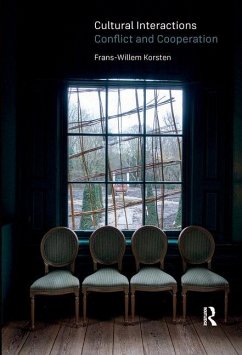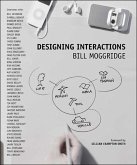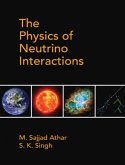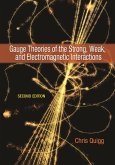The common saying is that people have a culture. This book argues that people live a culture - which may explain why they are so affectively attached to it. By considering cultural interactions on a global scale, this book investigates how cultures can be understood in terms of conflict and cooperation, in relation to the nation-state, a multiplicity of worlds, society, civilization and community. It considers how culture is at the basis of the construction of individual and collective selves; how they can come to be alienated; are defined in relation to others; are perhaps in-comparable; when they are considered to be dis-abled; and whether we can speak of animal cultural selves and mechanical cultural selves. Its twelve chapters consists of two parts each that both start with a piece of music. The pieces are taken from different cultures and all connote that getting to understand cultures depends on listening, first and foremost.
Hinweis: Dieser Artikel kann nur an eine deutsche Lieferadresse ausgeliefert werden.
Hinweis: Dieser Artikel kann nur an eine deutsche Lieferadresse ausgeliefert werden.








